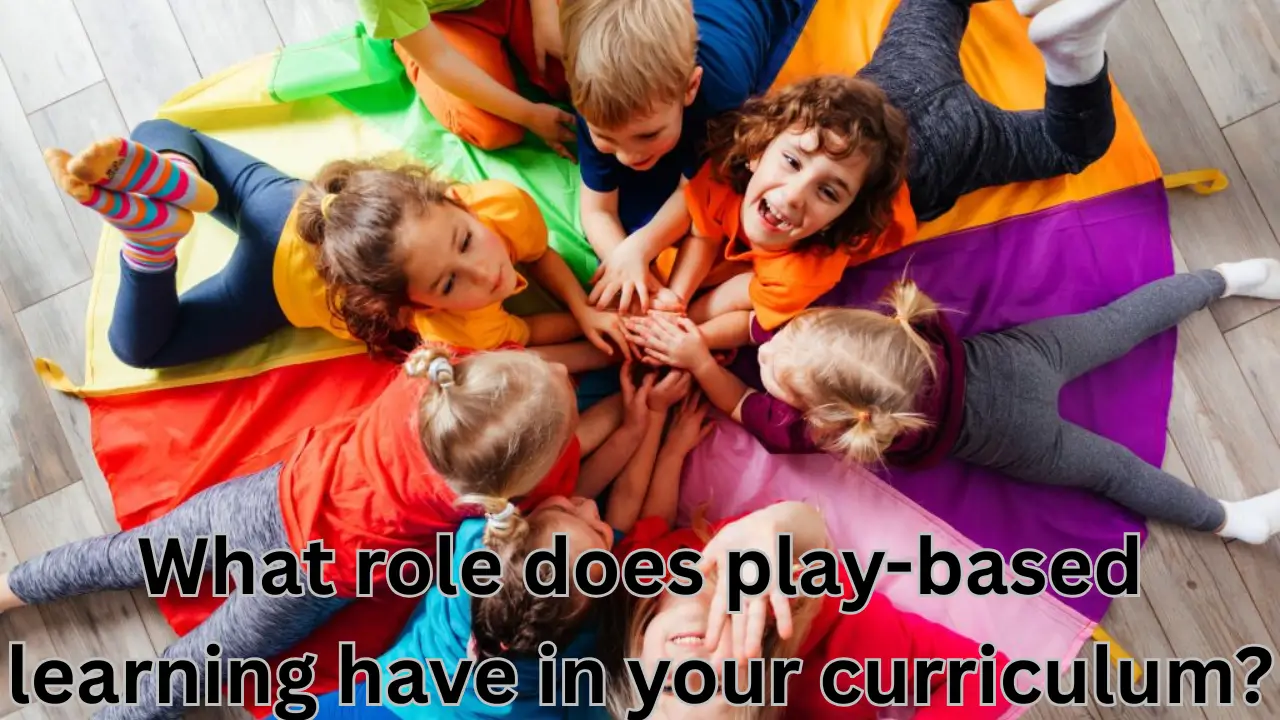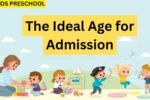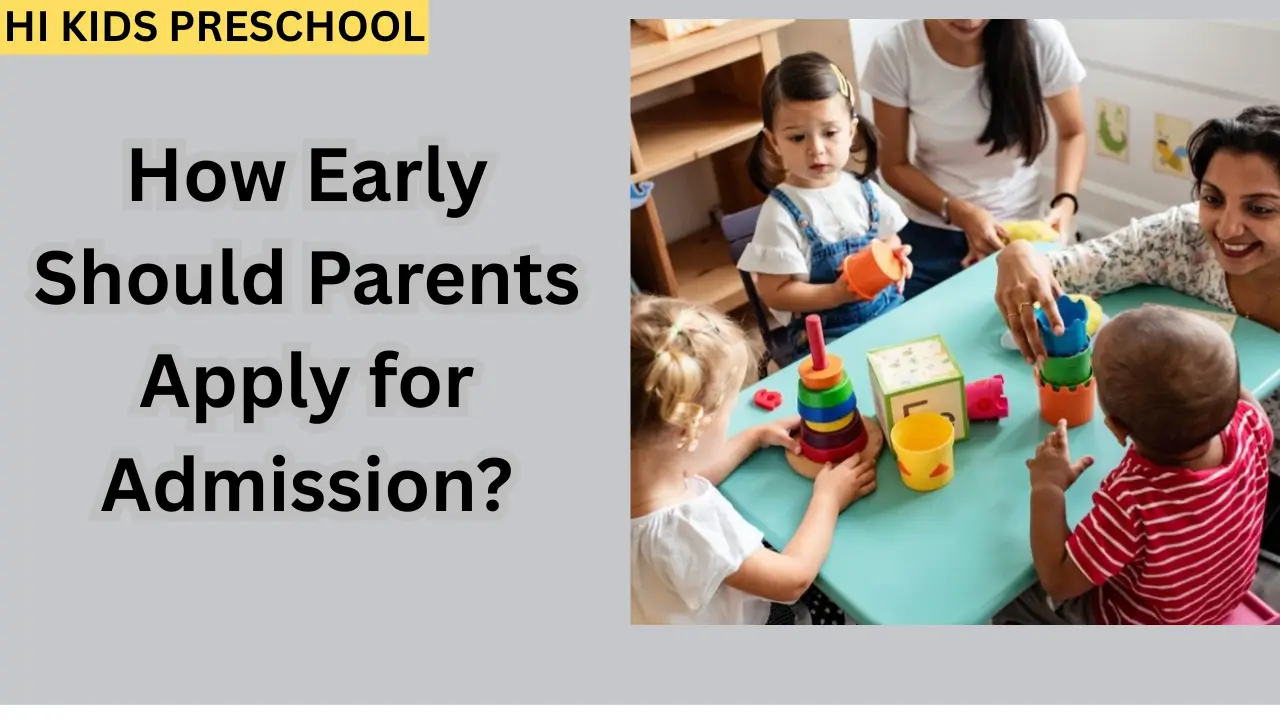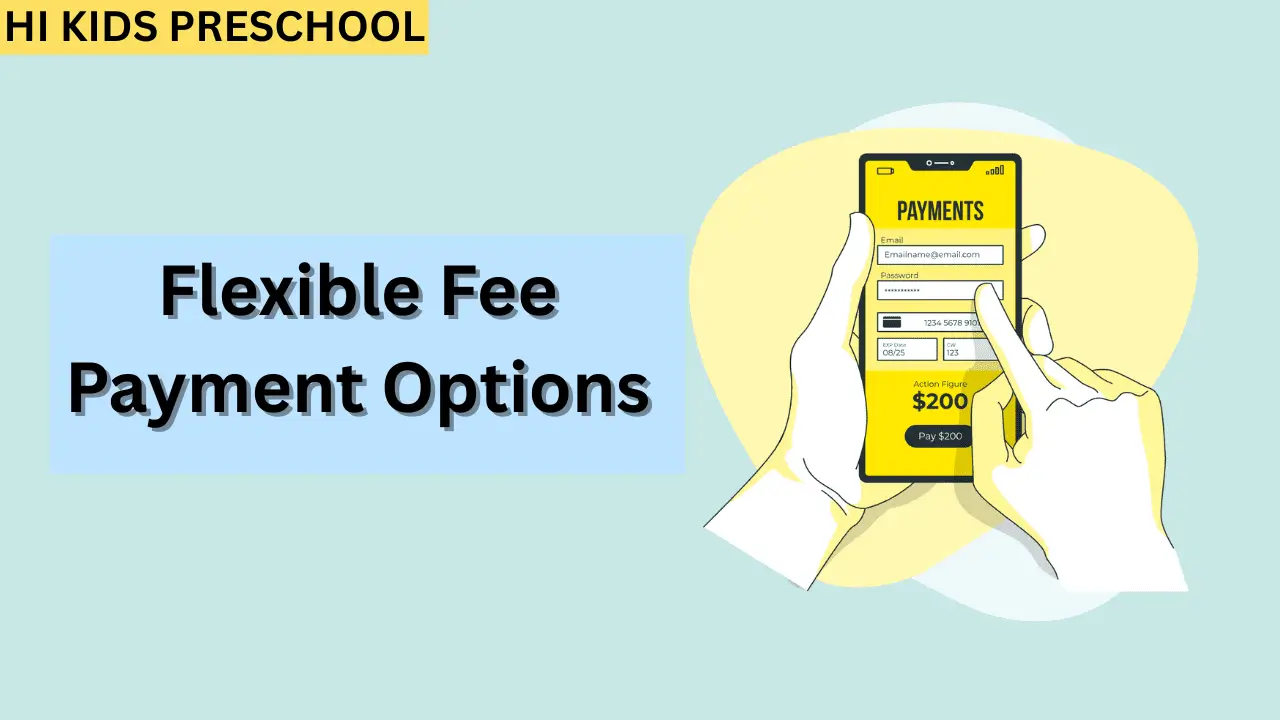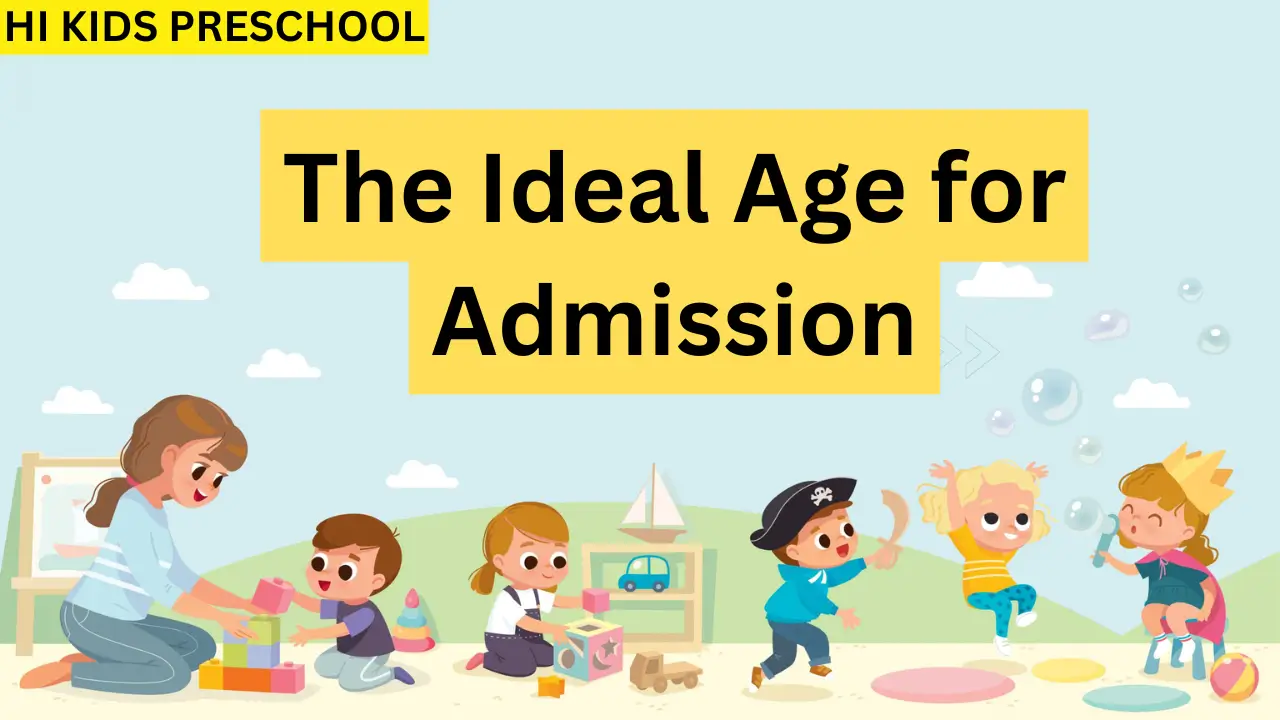Education today is not just about books and memorization; it is about building curiosity, imagination, and life skills. One of the most effective approaches to achieve this is play-based learning. It ensures that children learn through fun, discovery, and activity, rather than pressure. Schools and educators globally are now integrating play as a central part of their teaching methods.
What is Play-Based Learning?
Play-based learning means learning by doing. Children engage in activities, games, role-plays, puzzles, and creative tasks to understand concepts. This method uses natural curiosity and energy of kids to make learning interesting and meaningful.
Examples:
- Counting blocks to learn numbers
- Storytelling with puppets to improve language skills
- Role play as “shopkeeper and customer” to learn about money and communication
Why is Play Important in Curriculum?
Play-based learning helps in:
- Cognitive Development – Improves problem solving and logical thinking
- Emotional Growth – Builds confidence, reduces fear of failure
- Social Skills – Encourages teamwork, sharing, empathy
- Creativity – Inspires imagination and self-expression
- Physical Development – Enhances motor skills and coordination
Comparison: Traditional Learning vs. Play-Based Learning
| Aspect | Traditional Learning | Play-Based Learning |
|---|---|---|
| Method of Teaching | Focus on textbooks & lectures | Focus on games, activities & discovery |
| Student Role | Passive listener | Active participant |
| Fun & Engagement | Low | High |
| Skill Development | Memory-based learning | Creativity, problem-solving, teamwork |
| Long-term Learning | Less effective | More practical and lasting |
Benefits of Play-Based Learning in Curriculum
1. For Academics
- Makes math, science, and language interesting.
- Children understand concepts practically instead of rote memorization.
2. For Social Development
- Teaches respect, patience, cooperation, and sharing.
- Activities like group games promote teamwork.
3. For Emotional Well-being
- Creates stress-free learning environments.
- Boosts self-confidence by celebrating small achievements.
4. For Creativity and Imagination
- Children discover new ideas through drawing, music, role-play.
- Encourages independent thinking and innovation.
How Schools Can Implement Play-Based Learning?
- Activity Corners – Reading corner, building block corner, art corner
- Role Play Sessions – Acting as teacher, doctor, shopkeeper
- Outdoor Play – Sports, gardening, nature walks
- Music & Dance – Learning rhythm, coordination, cultural values
- Digital Play – Use of interactive games and learning apps
Latest Updates in Play-Based Learning (2025)
- NEP 2020 Implementation: India’s National Education Policy (NEP) strongly promotes activity- and play-based learning in primary classes (Age 3–8 years).
- Anganwadis & Balavatikas: Government pushing for integrating playful activities in pre-school centers for holistic child development.
- Technology Integration: Use of AR/VR-based games in schools to make subjects like science and geography more engaging.
- Global Trend: Finland, Singapore, and Canada continue to lead with play-based methodologies, influencing Indian schools to adapt similar models.
- Teacher Training: Schools now train teachers in activity-based pedagogy to ensure proper implementation.
Challenges in Adopting Play-Based Learning
- Lack of awareness among parents who prefer traditional study methods.
- Shortage of trained teachers for activity-based curriculum.
- Limited infrastructure in rural schools.
- Exam-oriented education system still dominates mindsets.
Solutions for Effective Adoption
- Conduct parent awareness workshops on benefits of play-learning.
- Government support for infrastructure and play material.
- Teacher skill development programs.
- Schools should balance play with academics to ensure both fun and performance.
Conclusion
Play-based learning is not just about games, it is about future-ready education. It makes children confident, intelligent, and emotionally strong. As education systems evolve, play has to be seen as a core part of learning, not a break from it. The future belongs to those who learn with curiosity, and play-based education ensures exactly that.
